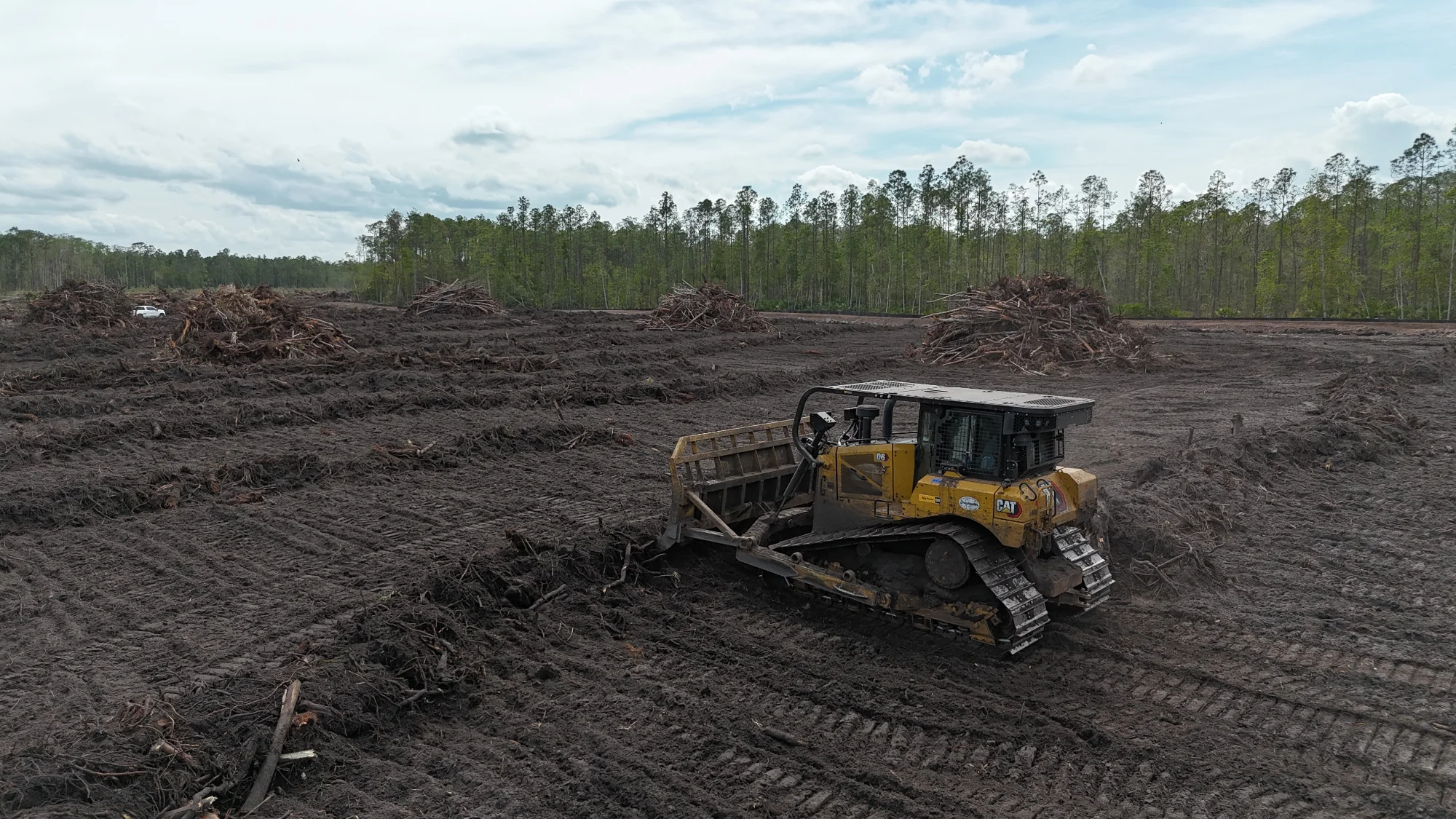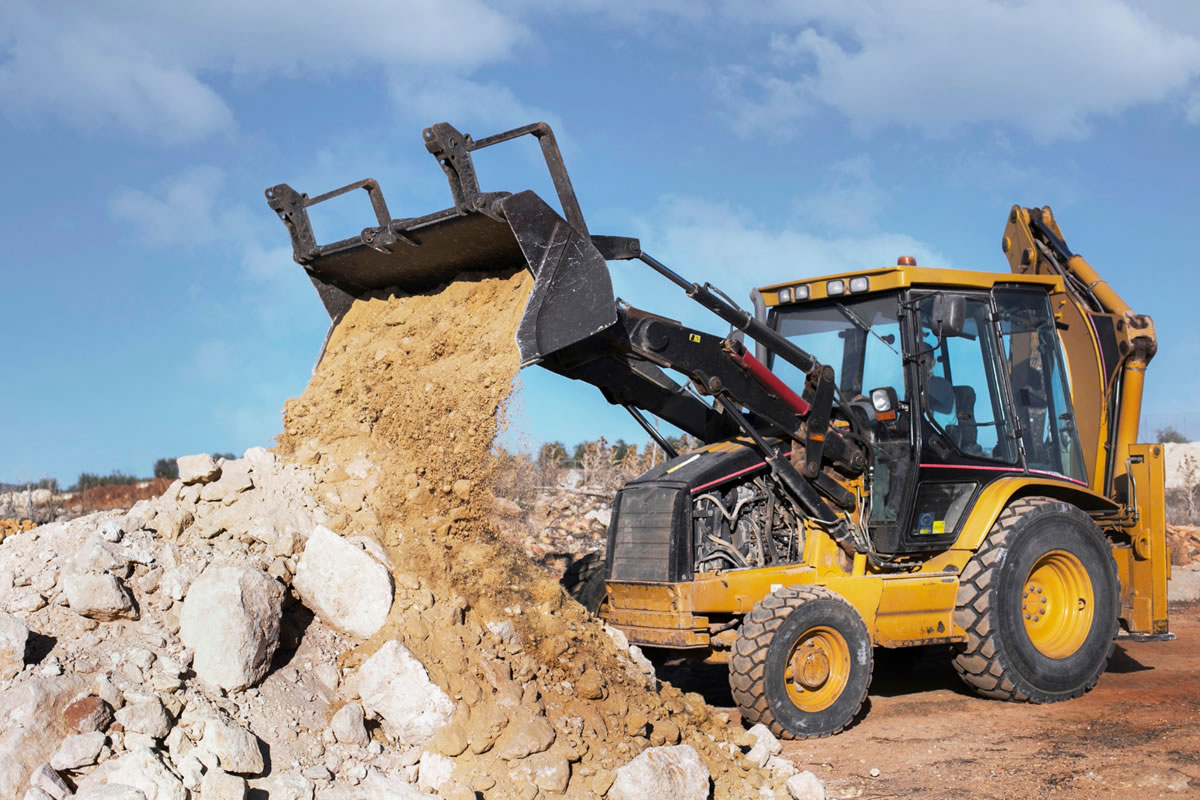

Residential and commercial developers have numerous reasons to excavate, and whatever that motivation is specifies what kind of construction excavation type and process will be required. Our experts on land clearing in Oviedo offer the following common types of excavation:
A land developer has raised sufficient capital to develop a large tract of land for commercial usage. The developer would like to clear the topsoil in preparation for development. This is an illustration of Topsoil Excavation. The topsoil, including vegetation and the upper soil layer, is removed to guarantee a more solid foundation is being developed. After topsoil excavation, sound staking of future development can be achieved.
A beautiful parcel of land close to a coastal bay area is bought and is almost ready to build on, but the landscape is a mixture of water and soil known as muck, which will call for muck excavation. This method calls for removing the muck so that stronger footing is acquired and solid pillars and foundations can be applied. When working with a mucky area, the mixture can be laid out to dry so that the earth can still be used in other places if needed.
You purchase a piece of old farmland that requires excavation and know that there's rock beneath the topsoil in the location where you want to build your home. Rock excavation will clear the rocky material areas that you must prepare for future development strategies. Special drilling equipment and sometimes explosives are employed for rock excavation. Rock excavation is convenient, specialized, and expensive, so it better be done the first time correctly!
Flash flooding has become a problem for many rural locations during heavy downpours. Earth excavation removes enough soil beneath the topsoil so that the angle of the area helps enhance proper drainage. In addition, earth excavation removes the dirt so that culverts can be installed beneath roadways to help enhance drainage instead of creating unsafe road conditions. Of course, you can haul the soil extracted during earth excavation away. Still, often when improving drainage areas, repurposing removed soil can help bring other sites up to grade and ensure the improved drainage location continues to work as designed.
Dredging excavation removes soil and residue that have built up in areas of marine transportation. For example, many residential coastal areas in Southeast Texas have channels directly in their backyard, and most enjoy launching their boats directly from home. Still, after time, those channels have sediment coatings build up, eventually making the channels unpassable. As a result, these areas must regularly utilize dredging excavation to keep the troughs passable.
When making plans involving the movement of earth and soil, you're ready to learn more about construction excavation types and processes. Our experts on land clearing in Oviedo are here to help answer any questions regarding the construction excavation types and processes and how our professional approach can help you reach the next stage of development.